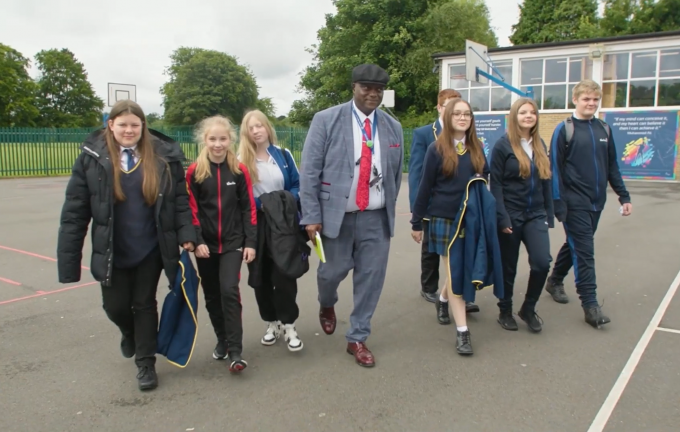How can playtime be better structured to suit children with autism?
In her article, Lynn McCann explores the issues that may arise for children with autism during playtime and presents possible strategies to overcome them.
Each child's experience can be completely different to the next and it is therefore highly important to work with each child on an individual basis. McCann notes the following as potential problems for children with autism during break times:
- "It's unstructured time - which some like (no demands) and others hate (don't know what to do or how to fill the time).
- It's a sensory overload - which some love because they are sensory seekers and need the movement and sensory stimulation and others hate because the sights, sounds, smells, noise, weather, movement, touch and space of a playground hurts them.
- It's socially demanding - which most don't like because there's a lot to take in, children are moving and talking and shouting and playing and coming at them from all directions. They might not know where to start to even ask to play, and possibly no-one asks them to play.
- The rules keep changing - so when they thought they were playing one game, someone changes it to another, just like that, and they can't keep up and are left behind - or get angry because you changed the rules and that is stressful beyond words.
- There's no place to escape - some will wander, trying to find their own bit of space where they can just be on their own for a bit. Others will invent their own worlds to escape to so the noise and mess around them can be shut out.
- It's scary and it's easy to feel angry - Children are running, screaming and pushing. How do they know when to stop? Imagine a child with autism who is frightened, because they don't know how to stop themselves or join in without getting it wrong. Hitting out at others is just getting them out of the way… or attempting to join in when you can't communicate so well.
- It's exhausting - even though a child with autism may look like they're doing ok and joining in, the effort is exhausting. You notice it when they come back into class, especially in the afternoon. Or maybe it's their parents who find out when they go home and it all comes out."
It can be really tricky to implement different approaches for all children, especially children with autism. However, it is necessary for everyone to feel safe in order to promote happy, healthy, and confident development.
What can you do to help?
To find 8 approaches to help children with autism to get the most from their break times, click here. From simple methods to more integrated plans, McCann provides a comprehensive list to trial in your setting.
Have you used any of these for children with autism in your setting? We'd love to know. Click here to share your experiences with our wonderful Facebook community.
Over to you
Reduced anxiety and behavioural incidents. Calmer classrooms filled with engaged leaners. Improved relationships with parents and carers. These are just some of the outcomes reported by settings embedding Thrive’s whole-school approach to mental health and wellbeing. Are you ready to join them? Click here to get started.
Pass it on
Small actions can lead to a big ripple effect. If you enjoyed this post or found it helpful, please consider supporting us in our mission to help every child and young person feel safe, supported and ready to learn by sharing it using the social media buttons below.
Want to join a like-minded community of senior leaders and classroom staff benefitting from insights and strategies to improve attendance, behaviour and attainment? Add your email address below. (It’s easy to unsubscribe).





_680.jpg)
